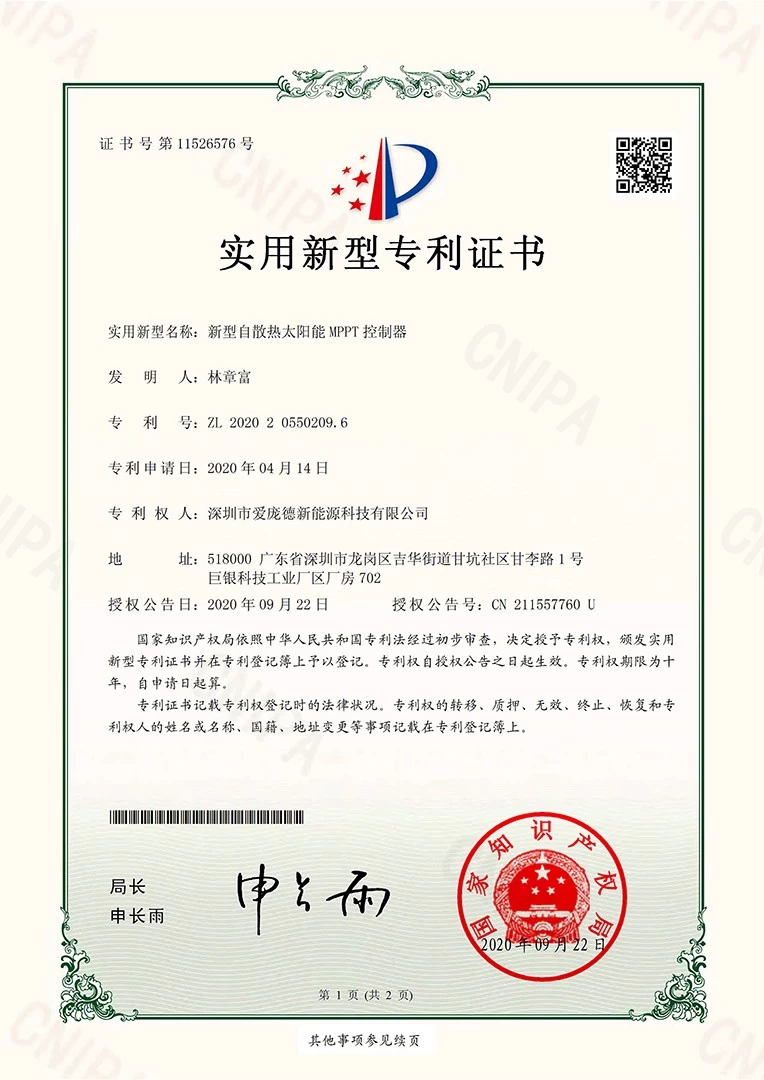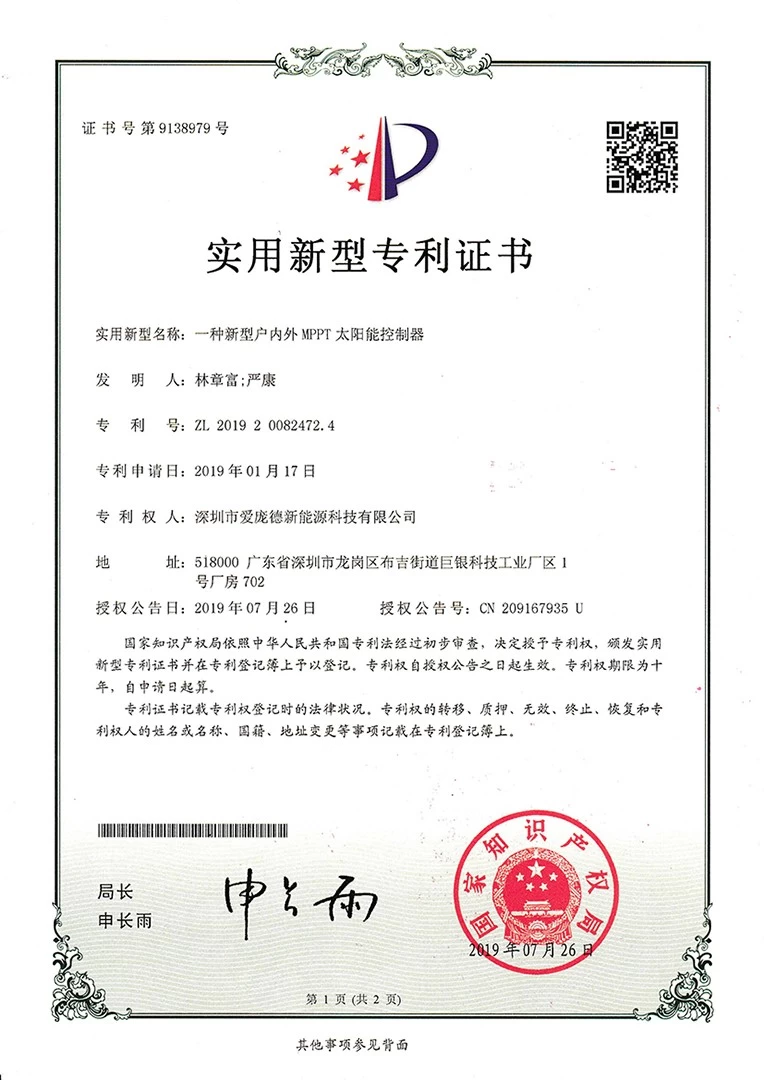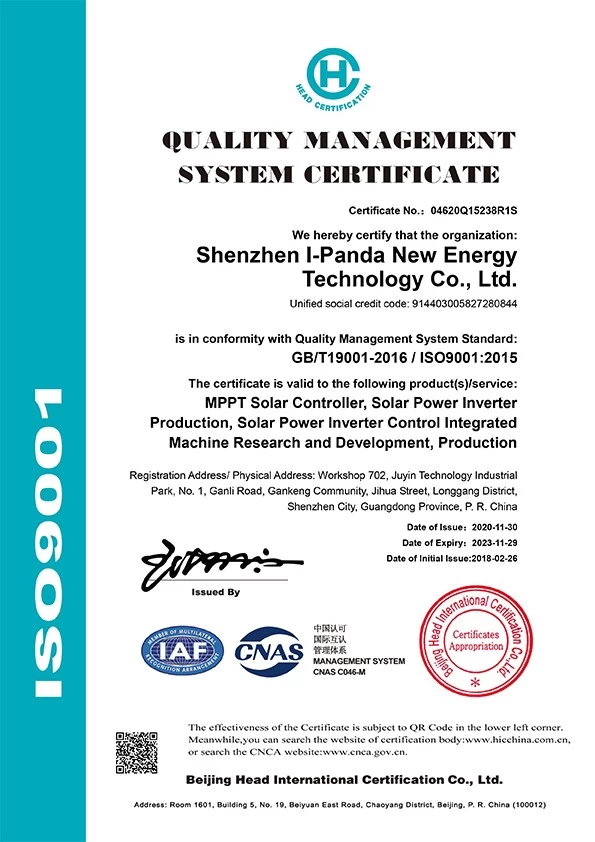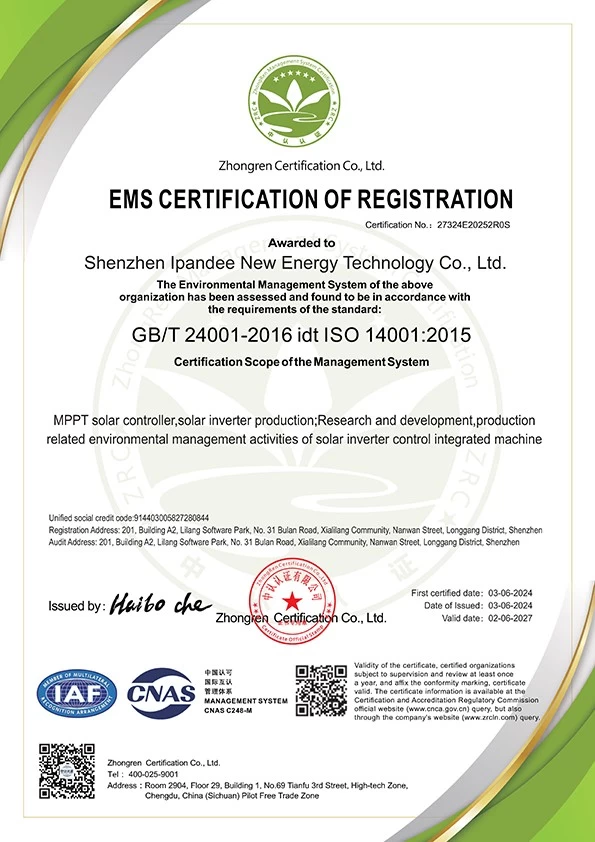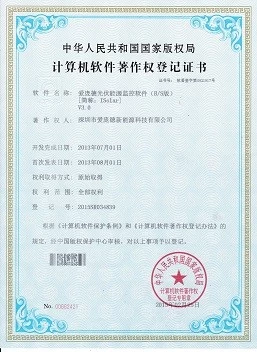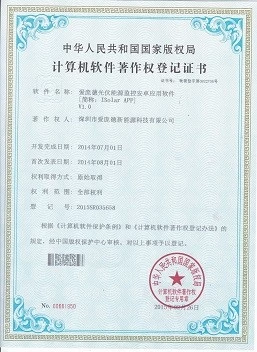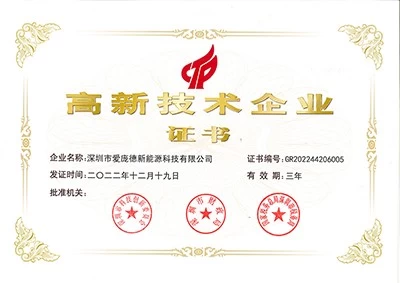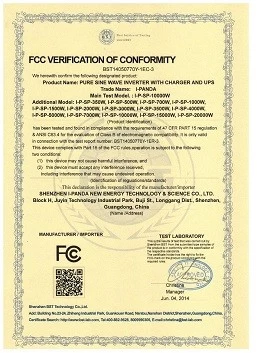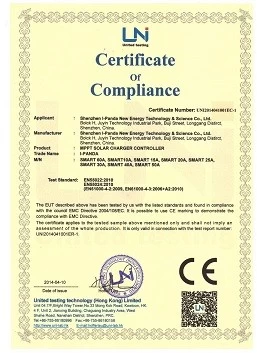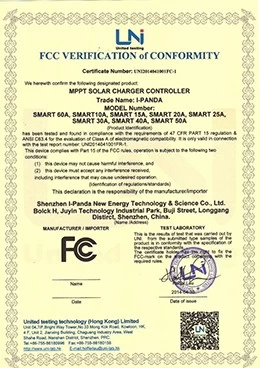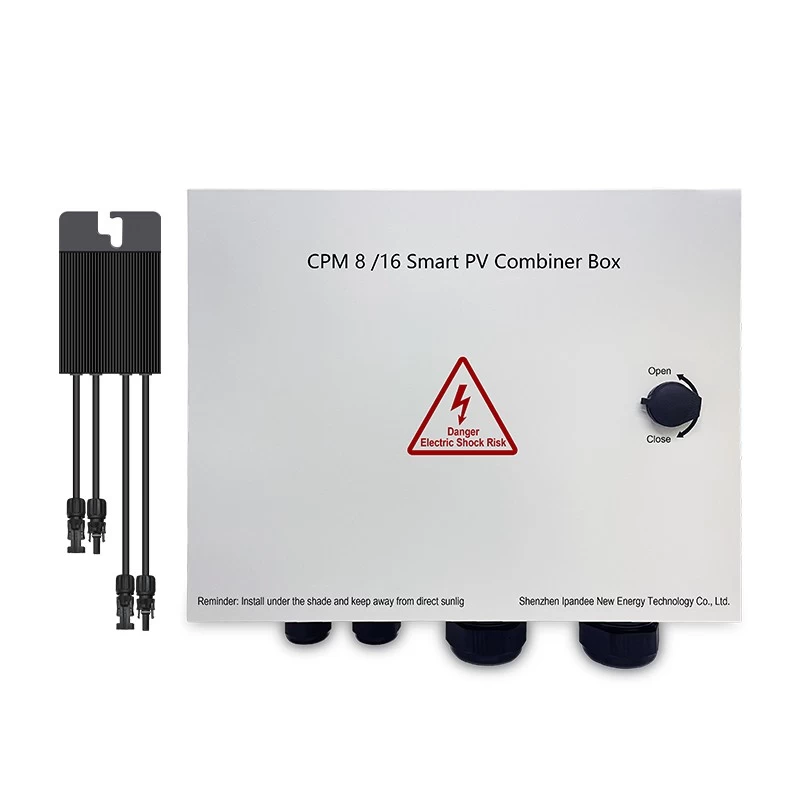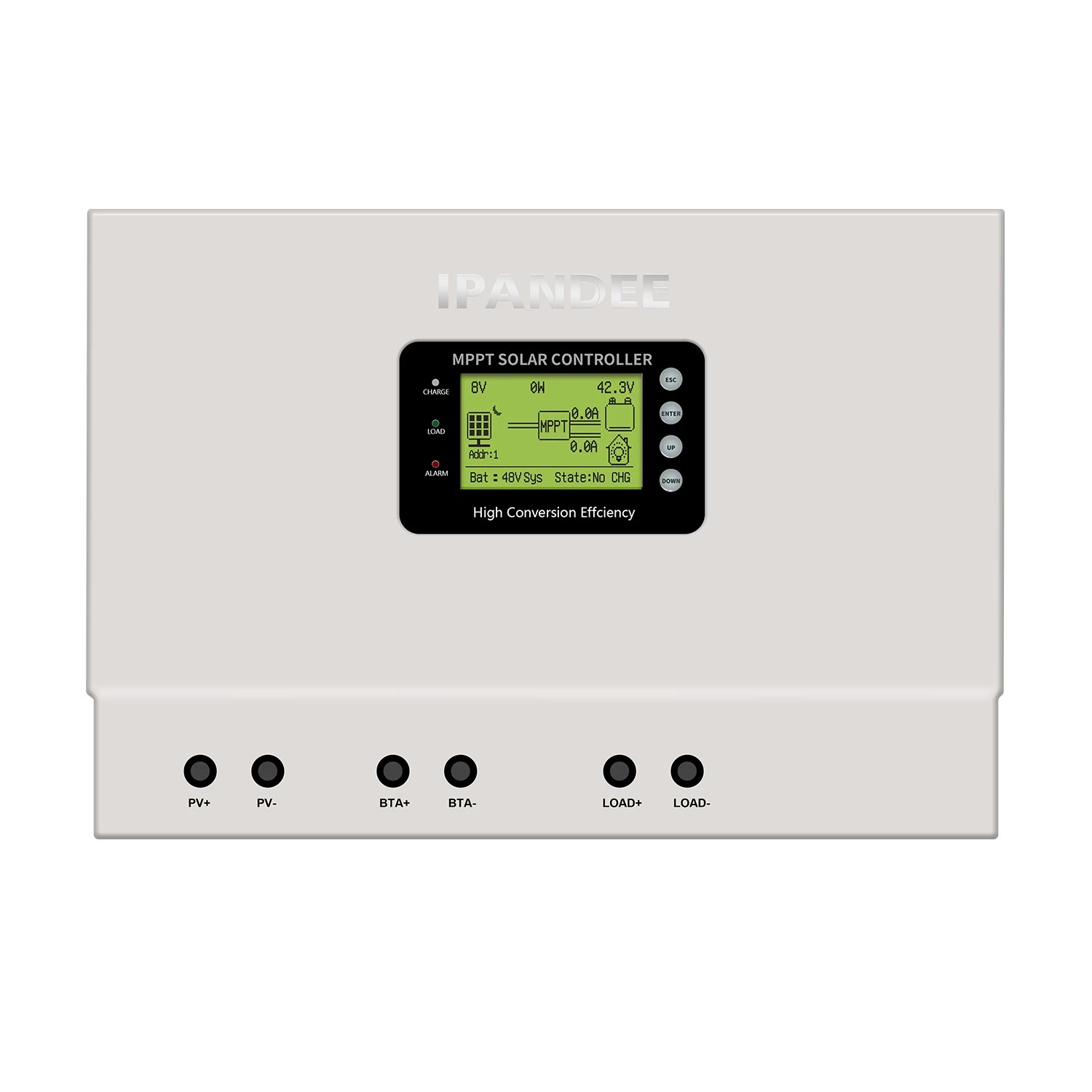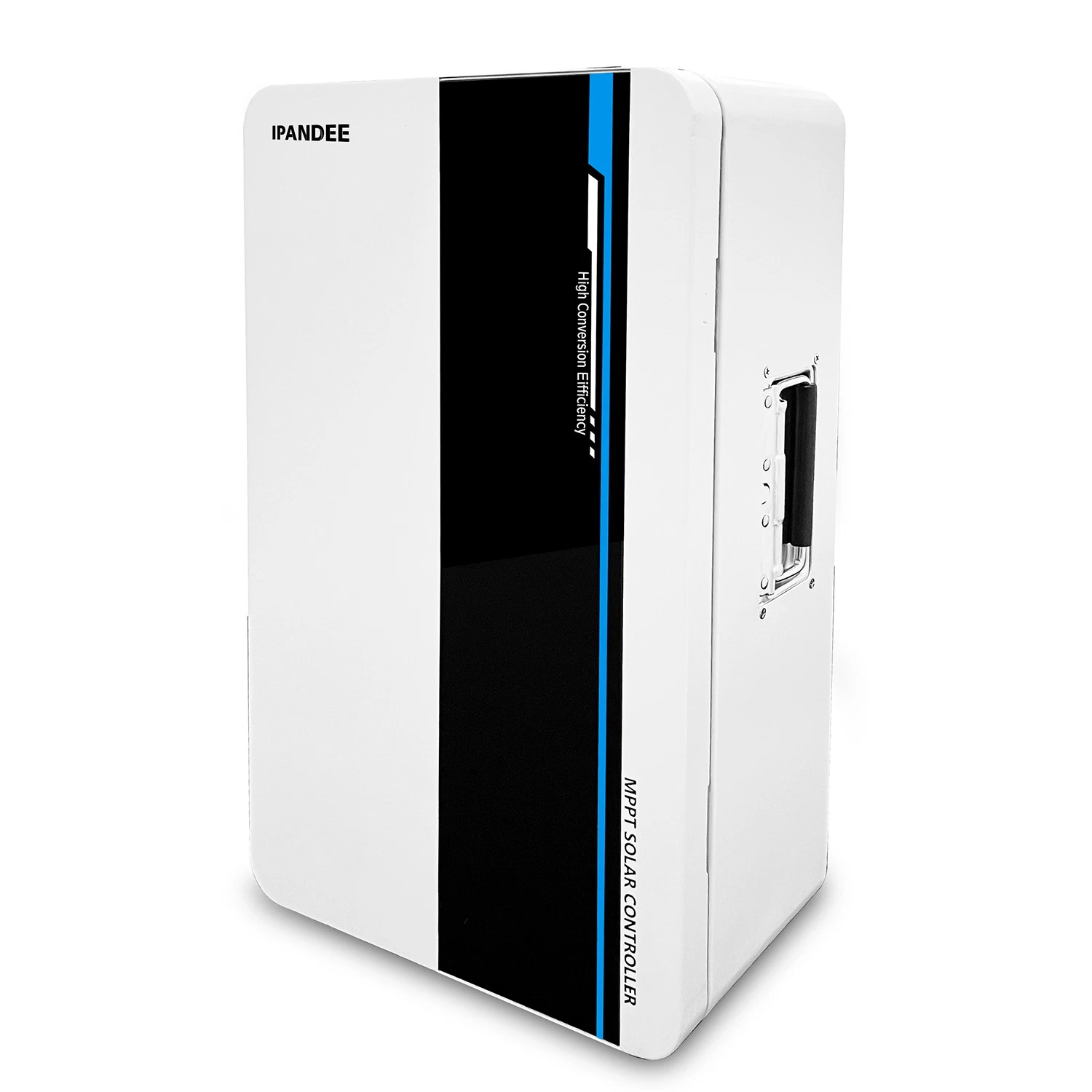Power installation will gradually become the main body of China's power supply structure
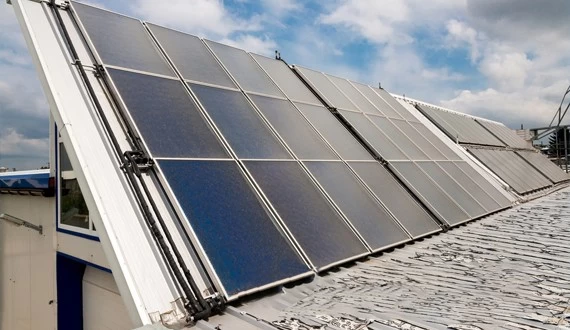
The rapid increase of land-based power and photovoltaic power generation will gradually become the main body of China's power supply structure. Although subsidies will slow down the growth rate of wind power and photovoltaic power generation in the short term, the economic competitiveness of the two will gradually flash in the medium and long term. Both will maintain a weak increase in momentum throughout the planning period. In particular, photovoltaic power generation, with the component cost continues to decline, will become the largest increase in the power supply during the planning period. In the case of customary transformation, in 2035, the installed capacity of land-based power and photovoltaic power generation was 700 million and 730 million kilowatts, and increased to 970 million and 1.27 billion kilowatts in 2050. In the case of electrification, the installed capacity of terrestrial power and photovoltaic power generation in 2035 was 830 million and 870 million kilowatts, and increased to 1.30 billion and 1.56 billion kilowatts in 2050. In 2050, the combined installed capacity of land-based power and photovoltaic power generation accounted for more than half of the power supply structure, and the power generation accounted for more than one-third. The layout of wind power installed capacity will still be dominated by the “Three North” region, and the proportion of wind power installed capacity in the “Three North” region will remain above 60% for a long time. The installed capacity of photovoltaic power generation should be concentrated and distributed, and the proportion of installed capacity in the northwest region in 2050 will still exceed 1/3.
The sea superior power and photothermal power generation technologies are gradually becoming more sophisticated, and the installed capacity continues to increase, but the overall planning is limited. Compared with land-based power and photovoltaic power generation, the two are more system-friendly: the sea superior power is better than the land superior power resources, the output is small, and the load center is close. The photothermal power generation as a controllable power source can be the system power. Balance and peaking contribute. Following the advancement of technology, the installed capital of the two will continue to decline. However, by 2050, compared with the land-based power and photovoltaic power generation, it is still not economically competitive, and the power supply location is limited, so the planning is limited. In 2035 and 2050, the installed capacity of the sea's dominant power will reach 0.3-400 million kilowatts, and between 70 million and 0.8 billion kilowatts. In 2035 and 2050, the installed capacity of CSP will reach 0.4-0.5 billion kilowatts, 150-160 million kilowatts.
Coal power has gradually changed from a power supply main body to a power supply main body, and will continue to play an important role in China's power system. In order to effectively cope with the challenges brought by the dynamic and stable operation of the dynamic new energy generation to the power system, the coal power units in the future will better exert the effects of peak shaving and standby. In both cases, the installed capacity of coal power in 2035 was 1.02 billion and 1.28 billion kilowatts. In 2050, it was 640 million and 780 million kilowatts. During the planning period, the installed capacity and power generation of coal-fired power will show a trend of rising first and then decreasing, and it is estimated that it will reach its peak during the period of 2025-2030. Following the change in the function of the coal-fired power unit in the system, the number of hours of use will gradually decrease, so that the peak of power generation will be earlier than the peak of the installed capacity. In terms of layout, coal-fired power units will exist more in the power supply. First, the economic advantages of coal-based power generation will be exerted. Second, the environmental pressure in the eastern and central regions will be alleviated. Third, it can be used to meet and deliver new energy.

Nuclear power capacity has increased steadily, and development is limited by site space and planning and construction period. Nuclear power is a clean and reliable power source, and its use hours are relatively high. In the case of wind power and photovoltaic power generation planning, it can make a greater contribution to the system power balance, and nuclear power should be efficiently carried out on the basis of ensuring safety. However, China's nuclear power development is affected by factors such as the location of the power station and the planning and construction period. It is estimated that the installed capacity in 2035 and 2050 will reach 180 million and 220 million kilowatts.
Hydropower development is constrained by resource conditions and the potential for increase is relatively limited. Hydropower is an important energy strategic resource in China, and it is an important guarantee for the country to achieve the goal of transforming energy cleanliness and ending non-fossil energy development. However, China's hydropower development potential is limited, and it will be concentrated in the southwest region, and the development cost of inductive development is on the rise. Before 2035, hydropower still had the potential to develop and then became saturated. It is estimated that hydropower installed capacity will reach about 500 million and 540 million kilowatts in 2035 and 2050. In addition, the pumped storage capacity is steadily carried out. In 2035 and 2050, the installed capacity will reach about 100 million and 160 million kilowatts.
In the future, the proportion of clean energy generation will increase significantly, and the intensity of carbon emissions will drop significantly. In 2035, the proportion of non-fossil energy power generation will reach about 58%, and in 2050 it will be close to 80%. In the case of customary transformation and re-electrification, the carbon dioxide emission level per unit of power generation in 2035 will be reduced to 325 g/kWh and 317 g/kWh, which is about 56% and 55% of the 2017 level; and carbon dioxide emissions per unit of power generation in 2050. The level is reduced to 151g/kWh and 129g/kWh, which is about 26% and 22% of the 2017 level. The carbon emissions of the power system will peak around 2025, with a peak level of about 4.5 billion to 5 billion tons. In 2050, the power system emissions will drop to about 1.8 billion to 1.9 billion tons, which will effectively support China's energy low carbonization transformation.
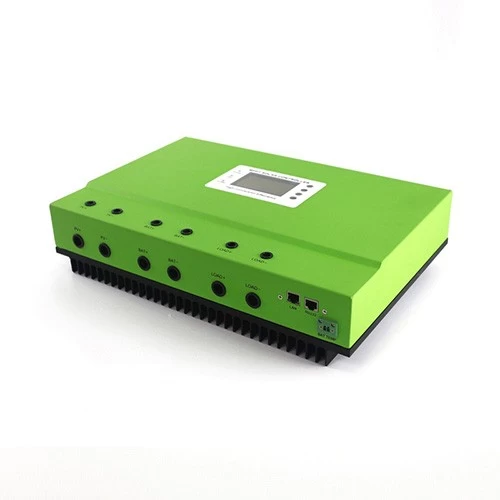
We are a national key high-tech enterprise integrating R&D, production, sales and service, specializing in the production of MPPT controllers, inverters, UPS, solar energy, wind energy and other energy power products. The main products include industrial grade MPPT solar controllers, solar inverters, solar power systems, UPS and other energy products. It is a leading manufacturer of MPPT controllers in China.
Disclaimer: The content is partly from the internet. In order to pass on more information, it does not mean agreeing to its views or confirming its description. Article content is for reference only. If there is any infringement, please contact in time.








